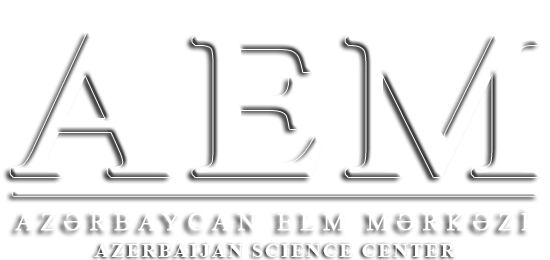https://doi.org/10.36719/2707-1146/47/44-48
Rena Gulamova
Institute for Space Research of Natural Resources
rena145@mail.ru
Chingiz Mursaliyev
Institute for Space Research of Natural Resources
cingizmurseliyev0@gmail.com
Rena Isayeva
Institute for Space Research of Natural Resources
isayeva57@mail.ru
Imran Mammadov
Institute for Space Research of Natural Resources
baki194@mail.ru
Plasma Chemical Synthesis Research
Abstract
When using uranium - 238, thorium - 232 and plutonium - 239 isotopes, there is no need for expensive isotopic enrichment, and the use cycle of such nuclear fuel can be extended to 10-15 years. At the same time, the predicted reserves of thorium in the earth's crust are 3-5 times greater than uranium, and the use of ceramic nuclear fuel from oxide compositions based on thorium will make it possible to create ultra-small and small power plants for use in remote and hard-to-reach regions, in mines and quarries. However, ceramic nuclear fuel still has a significant drawback - low thermal conductivity. One of the promising areas for the further development of nuclear energy is the use of dispersion nuclear fuel, in which inclusions of fissile metals (uranium, thorium, plutonium) in the form of granulated oxide compositions (microspheres) are placed in a matrix with a high thermal conductivity coefficient.
Keywords: plasma, chemical, synthesis, methods, nitrides

